Surfing the G:Link: The Gold Coast’s New Light Railway
Opened in 2014, the 13 km G:Link (or Gold Coast Light Rail) is an entirely new rail provision through this geographically disjointed city, characterised by inland waterways and long beachfronts, this first phase of the system runs between University Hospital in the north and Broadbeach South.
The Route: Faced with increasing traffic in the city, the G:Link has the major advantage of running on segregated tramways through most the urban area. In such a car-dominated place, this appears to be a win for the transport planners and will no doubt attract patronage along the congested oceanfront corridors. One immediate issue with the system is actually reaching it from out of town: though Brisbane suburban trains pass through the area on the Gold Coast Line to the west of the city there’s no connection to suburban rail lines at either end. The current termini don’t provide for any specific park and ride sites, so as a passenger you either have to drive to a more central station or change from the train at Helensvale station and catch a bus: both options travel along the very congested Smith Street to reach the G:Link’s northern end.
Our attempt to drive and park at Southport town centre was altogether frustrating and not at all convenient.
The Stations: These are clean, open and simple. Without the need to insulate from deep winters, simple textile covering provides the weather protection. The onward transfer station at Broadbeach South provided very convenient cross-platform interchange to buses.
The Information: G:Link provides two maps: one pictographic and standard. What was confusing was that the maps number the stops; though these numbers bare no relation to the zone numbers each station is in.
The Ticket: Being able to use the Brisbane go card was a definite bonus. Buying a ticket for the G:Link is not simple: The system has been bolted on to the greater Brisbane (southeast Queensland) suburban zones resulting in it being spread across 4 of the outer zones of the public transport network (zones 12-15), where fares are based upon zones travelled through. This means that you need to work out what zone your originating stop is in, as well as which zone your end stop is in to choose the right fare. It was definitely not a breeze.
The Service: Daytime, trams run every 7.5 minutes on weekdays and every 10 minutes at weekends. Onboard the Flexity 2 low-floor trams accommodate 309; however, there was the addition of allocated surfboard spaces. This is Surfer’s Paradise after all!
The Experience: The G:Link definitely makes the centres of the city a calmer place with high quality urban realm welcoming passengers onto the system and into surrounding areas. Once you are in the city, the route takes you to the major attractions and points of interest; however, it is limited to the coastal strip so you need to take the bus to reach other inland areas. In the future, if the system if extended to reach the railway station in the north or the airport to the south, it will form part of a truly integrated network.
Author: Liam Henderson

More reviews from Australia:
-28.001171153.428317

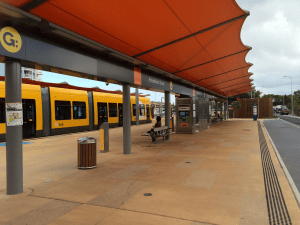


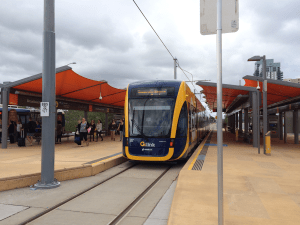


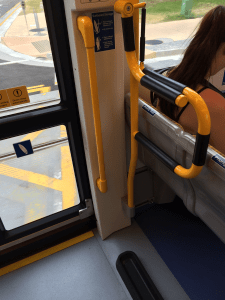
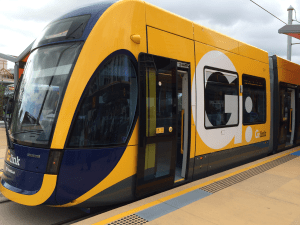
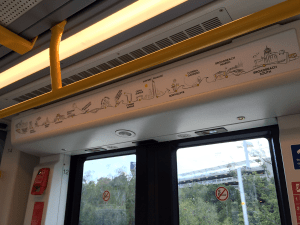
Comments